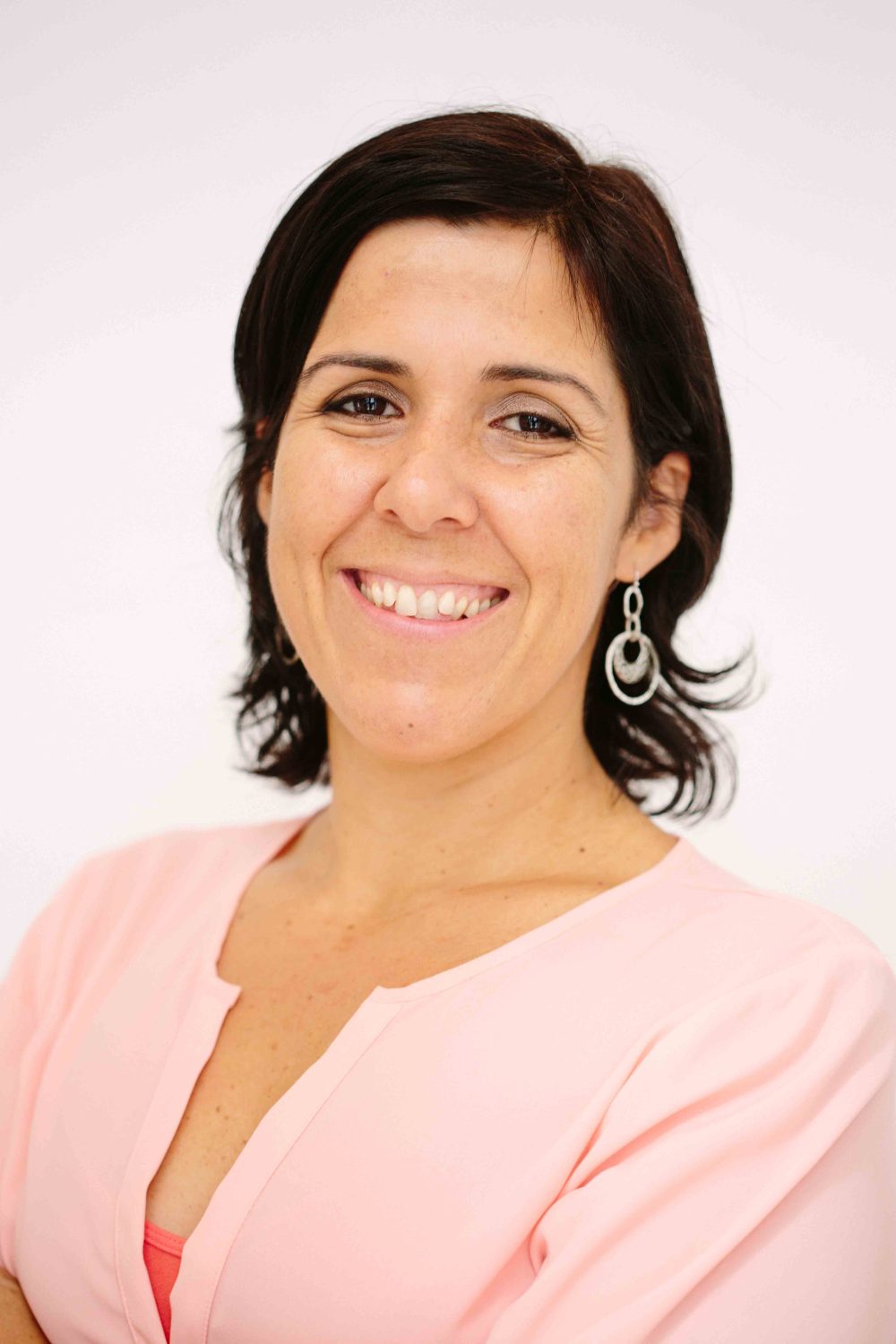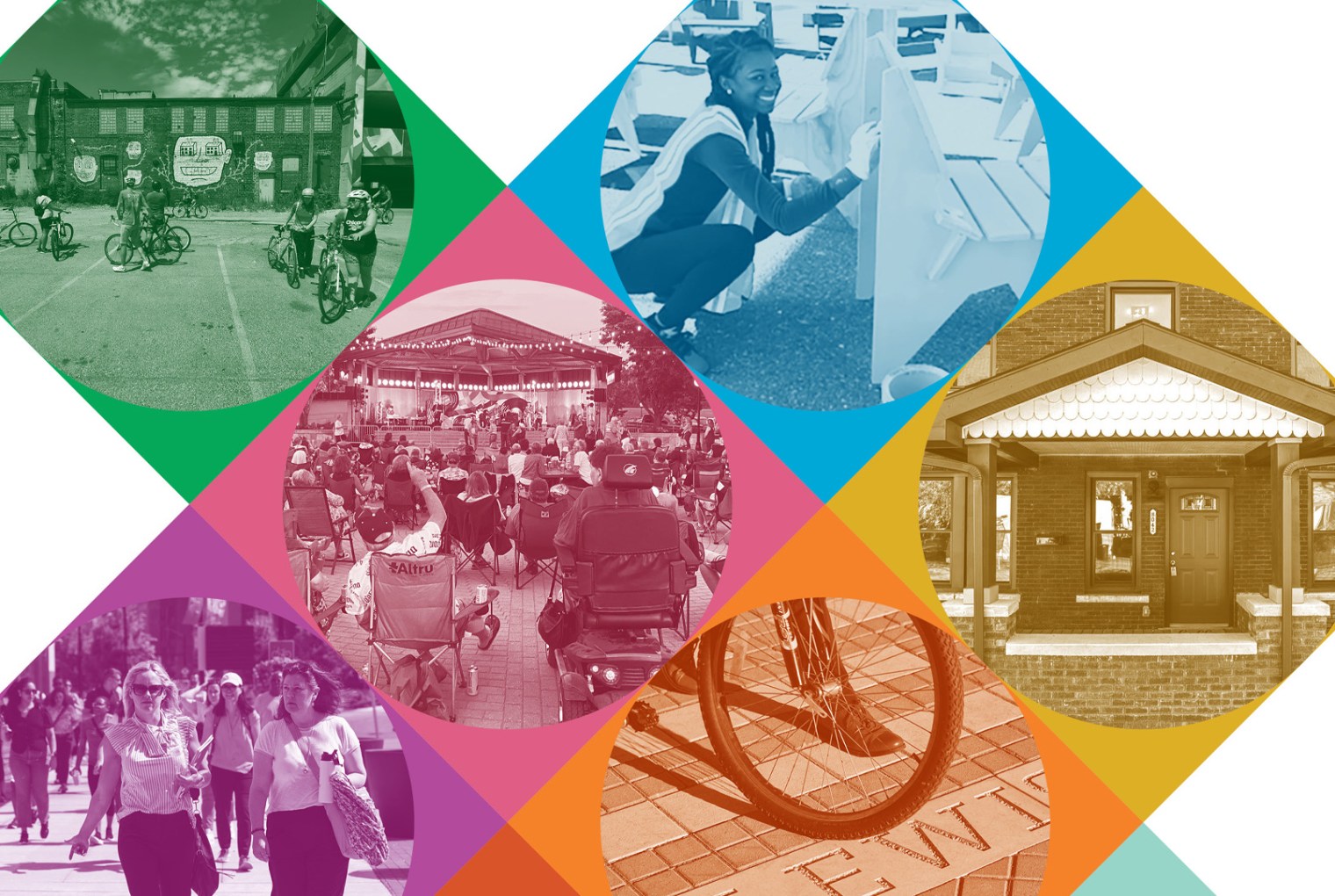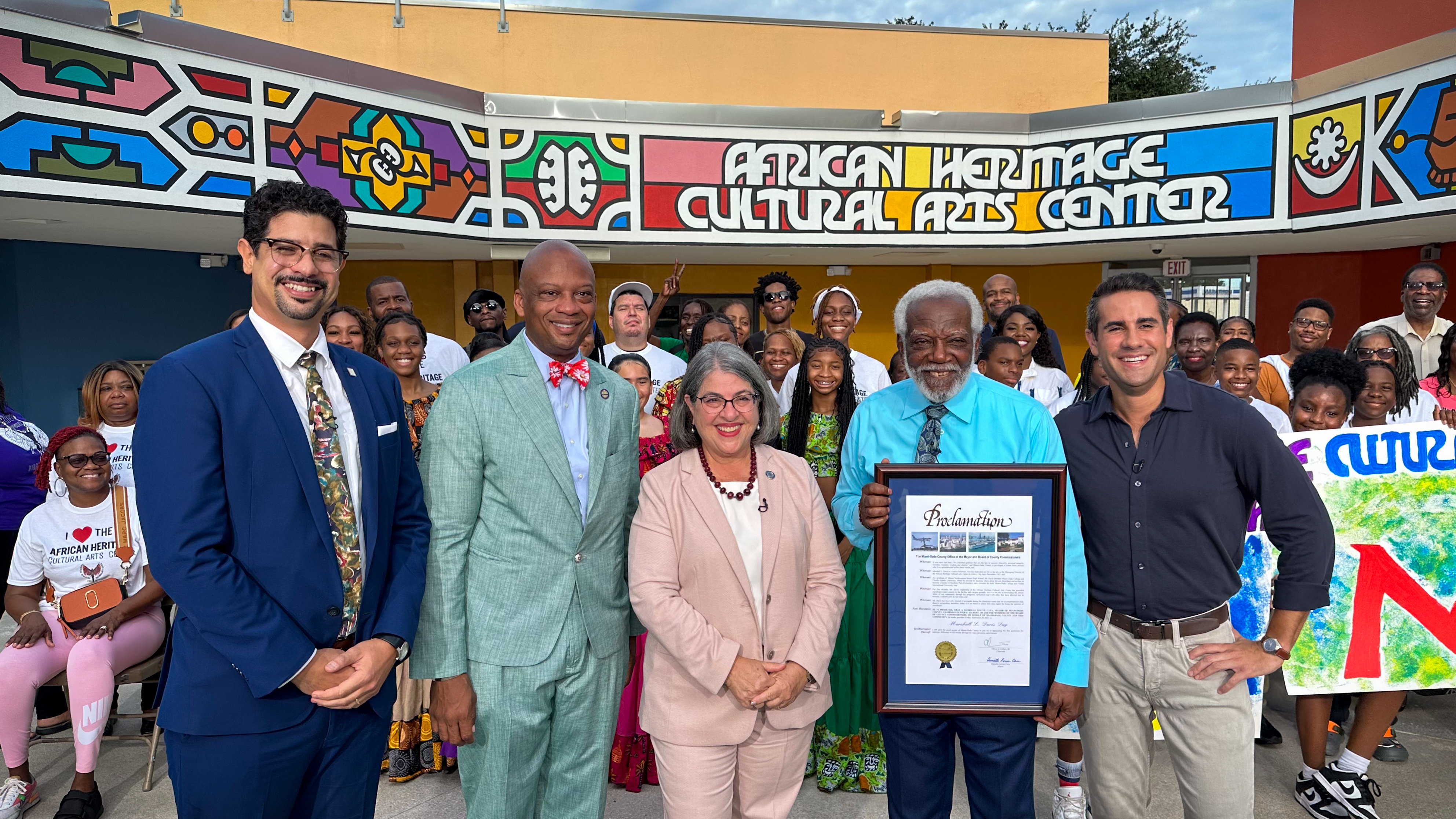September 10, 2023 –– As Macon celebrates 200 years since its founding this year, the John S. and James L. Knight Foundation is investing $14 million into the city’s continued growth.
The National Trust for Local News will receive $5 million to launch a newsroom in Macon in collaboration with Mercer University. In higher education, Mercer University will receive $5 million toward relocating the School of Medicine downtown, and $505,000 will go to Wesleyan College to return to downtown with the opening of the college’s Leadership Lab. In arts, the Otis Redding Foundation will receive $1.5 million to support the opening of the technology-forward Otis Redding Center for the Arts. In the community, $1 million will go to the Ocmulgee National Park and Preserve Initiative for economic and community planning for Ocmulgee Mounds’ path to being America’s next national park and $1 million will go to NewTown Macon to connect the thirteen-mile Ocmulgee Heritage Trail to the Pleasant Hill neighborhood.
“At Knight, we have spent decades studying what makes cities work and when we look at Macon, we see a shining example,” said Alberto Ibargüen, president of Knight Foundation. “With a clear guiding vision and strong partnerships, representative leadership and participation from residents of all backgrounds, Macon has reimagined and transformed its urban core to a vibrant, growing community.”
Knight Newspapers purchased the Macon Telegraph and News and the Milledgeville Union-Recorder in 1969, but the Knight connection to middle Georgia runs deeper. John S. and James L. Knight’s father, Charles Landon Knight, was born in Milledgeville. Beverly Knight Olson, one of James’s four daughters and foundation trustee since 1987, currently lives in Macon.
Aligned with a commitment to support Knight communities, Knight Foundation has invested almost $60 million in Macon to date. Dedicated to reinvigorating the urban core, fostering community engagement and nurturing a dynamic creative economy, Knight’s investments are focused on inspiring an informed and engaged community. The foundation does this by investing in local journalism, economic development through entrepreneurial and business initiatives, and improving public spaces for enhanced accessibility.
National Trust for Local News ($5 million)
Knight Foundation is investing in an exciting new initiative to strengthen community journalism in Macon. The National Trust for Local News will lead an initiative to launch a new source for local news in Macon, in collaboration with Mercer University’s Center for Collaborative Journalism and DuBose Porter’s Courier Herald Publishing Group. The Trust pairs national infrastructure and technology with local knowledge to ensure long-term, sustainable, independent community news. The National Trust for Local News is dedicated to creating stronger communities by building sustainable community news organizations.
Mercer University ($5 million)
Knight is focused on supporting downtown revitalization efforts alongside local partners, ensuring a downtown for all to live, work and engage. That’s why Knight is investing in relocating the Mercer School of Medicine from the university’s main campus to downtown. The new planned facility, at over 80,000 square feet, will better accommodate the growing and evolving technology needs of medical education and research, and bring hundreds of faculty, staff and students directly into downtown.
Wesleyan College ($505,000)
Knight is also helping Wesleyan College re-establish a presence in downtown Macon with the opening of the Wesleyan College Leadership Lab, a hub for women-centered leadership and entrepreneurship programming for public events and a venue to exhibit the college’s art collection. Wesleyan College was the first college in the world chartered to grant degrees to women.
The Otis Redding Center for the Arts ($1.5 million)
Investing in arts and culture, which connect people to place and to one another, is central to Knight’s effort to build stronger communities. To further that work, Knight is investing in the expanded use of technology throughout the Otis Redding Center for the Arts. This will further their mission of empowering, enriching and motivating young people through programs and arts education.
Ocmulgee National Park and Preserve Initiative ($1 million)
Knight Foundation is investing to support economic and community planning for Ocmulgee Mounds’ path to being America’s 64th National Park and Georgia’s first National Park. If named, the park is expected to attract over 1 million annual visitors and bring over $200 million in economic benefit to the region, with downtown Macon positioned as the main entrance to the park.
NewTown Macon ($1 million)
And lastly, connecting the historic Pleasant Hill neighborhood to downtown Macon via a bike and pedestrian path, Knight Foundation is investing in a 1-mile extension of the existing 13-mile Ocmulgee Heritage Trail. This Macon Action Plan inspired project will complement $1.4 million from the State of Georgia’s American Rescue Plan Act funding, to upgrade Linear Park, adding improved sidewalk design, programming, shade structures and pavilions, and addition of a basketball court.


 MIAMI – The John S. and James L. Knight Foundation proudly welcomes Allan Madoc as the new Program Director for San Jose. Madoc’s extensive background in investing in outcomes-driven entrepreneurs and institutions positions him well to advance Knight’s mission of a more informed and engaged San Jose. Since 2008, Knight has dedicated over $38 million to the community, with a focus on creating a well-informed, connected, and people-centered city.
MIAMI – The John S. and James L. Knight Foundation proudly welcomes Allan Madoc as the new Program Director for San Jose. Madoc’s extensive background in investing in outcomes-driven entrepreneurs and institutions positions him well to advance Knight’s mission of a more informed and engaged San Jose. Since 2008, Knight has dedicated over $38 million to the community, with a focus on creating a well-informed, connected, and people-centered city.
 MIAMI – The John S. and James L. Knight Foundation proudly welcomes
MIAMI – The John S. and James L. Knight Foundation proudly welcomes